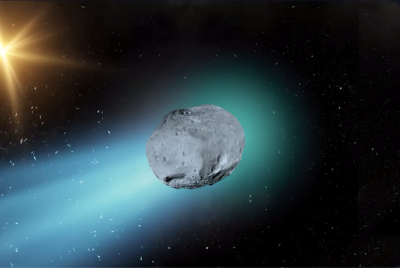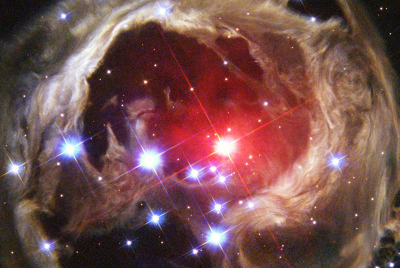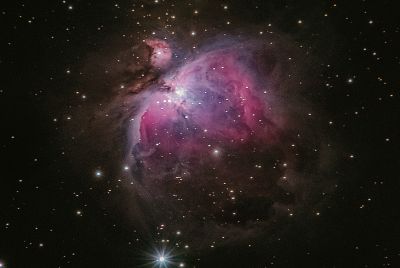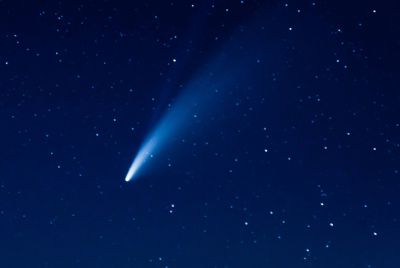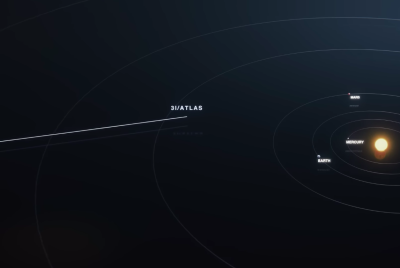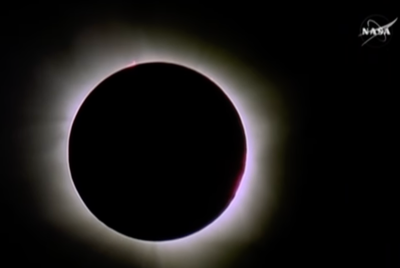Plasma Physicist Reveals 3I/ATLAS Is Visible—Not Hidden Behind the Sun
Dr John Brandenburg claims interstellar comet 3I/ATLAS is visible despite its position near the Sun.
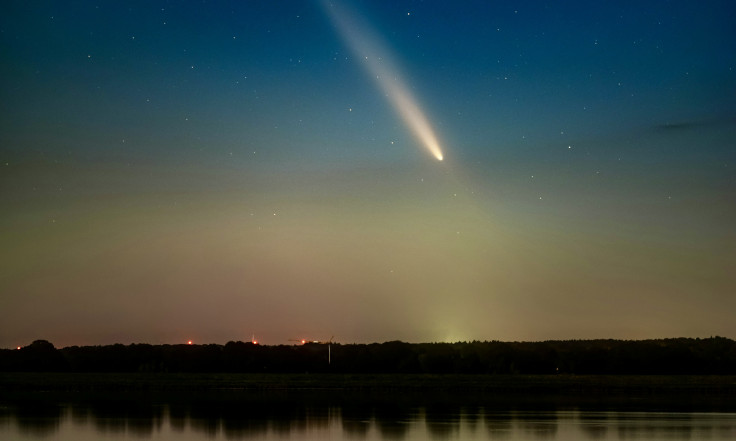
A renowned plasma physicist has stunned the astronomical community by claiming that 3I/ATLAS is visible, not obscured behind the Sun.
Visibility Questioned — and Re-affirmed
In a post on X (formerly Twitter), Dr John Brandenburg declared: 'Object 3I ATLAS had an apparent jet exhaust towards the Sun in Sept. producing a braking effect. This has now apparently reversed ...'
That assertion directly challenges earlier commentary that the interstellar visitor was essentially hidden from view as it passed behind the Sun.
For example, one source reported that '3I/ATLAS is behind the Sun from Earth ... it can't be seen in Earth's sky' at present. Dr Brandenburg's commentary suggests the object is not entirely concealed and that its dynamics warrant a second look.
What We Know About 3I/ATLAS
The comet-like object 3I/ATLAS was discovered by the ATLAS survey and designated as the third known interstellar object.
In an article entitled "Spying Interstellar Comet 3I/ATLAS Near Perihelion", researchers note how the object's trajectory, composition, and activity are drawing intense scientific interest.
Among the intriguing details: it appears to have been active much earlier than expected, with indications of volatile sublimation at distances greater than typical for Solar System comets.
It exhibits a peculiar sunward 'anti-tail' plume, which some observers interpret as material being ejected towards the Sun rather than away, an unusual behaviour for a comet.
It will reach perihelion (its closest approach to the Sun) on about 29 October 2025 at roughly 1.36 AU from the Sun.
Astronomers Divided on Visibility Claims
The revelation that 3I/ATLAS might already be visible has divided astronomers and enthusiasts alike.
On one hand, some insist the object is still lost in solar glare, its light drowned by the Sun's radiance. On the other hand, Brandenburg's observation hints that the comet's unusual jet activity or its plasma interactions may have rendered it bright enough to detect, at least through specialised instruments.
If confirmed, this would indicate that 3I/ATLAS is behaving in unexpected ways, perhaps shedding more dust and gas than anticipated, or even generating its own electromagnetic effects visible through space-based telescopes.
Such behaviour would make it the first interstellar comet observed under near-solar conditions in real time, adding to its already extraordinary status as only the third confirmed object from beyond our Solar System.
Dear Friends, The reports that 3I ATLAS , rather than being behind the Sun at Perihelion on Oct 29 ( that's tomorrow) is actually Quite Visible in the sky away from the Sun are confirmed https://t.co/BK2MZsUfOC . Yes, this contradicts pervious "official" reports. Confused? Good! pic.twitter.com/RyLbbAE086
— Dr. John Brandenburg (@PhdBrandenburg) October 28, 2025
The Science Behind the Controversy
The debate goes beyond mere visibility; it touches on how interstellar objects interact with solar radiation and magnetic fields.
Brandenburg's background in plasma physics gives weight to his claim that the object's 'apparent jet exhaust' may have influenced its motion and made it momentarily more reflective or detectable.
If 3I/ATLAS's brightness has indeed increased because of such jets, it could mean its surface or composition contains highly sensitive materials to solar heat.
These reactions would create powerful bursts of energy, sometimes enough to alter its course slightly.
Astronomers at institutions following its trajectory will be watching to see if new data from solar-tracking instruments can confirm those forces.
Looking Ahead: Observing a Cosmic Wanderer
Over the coming weeks, as the object moves away from the Sun's glare, 3I/ATLAS should become easier to observe with ground-based and orbital telescopes.
This window will be crucial for determining whether Brandenburg's claim of visibility holds up under scientific scrutiny.
If images or spectroscopic readings confirm that the interstellar object remained visible even during conjunction, it could revolutionise how astronomers study near-solar phenomena and interstellar visitors.
For now, the excitement lies in the unknown. Whether seen through the Sun's haze or emerging freshly from it, 3I/ATLAS continues to defy conventional expectations.
Combined with Brandenburg's provocative insight, its strange behavior ensures that this cosmic wanderer remains at the centre of one of astronomy's most fascinating current debates.
© Copyright IBTimes 2025. All rights reserved.



